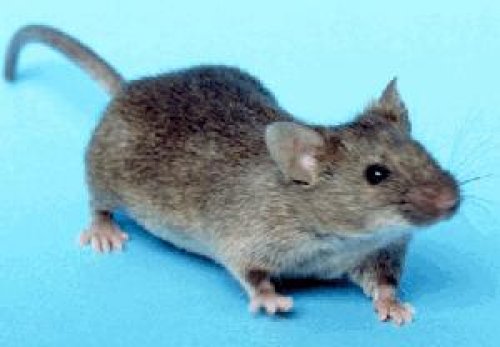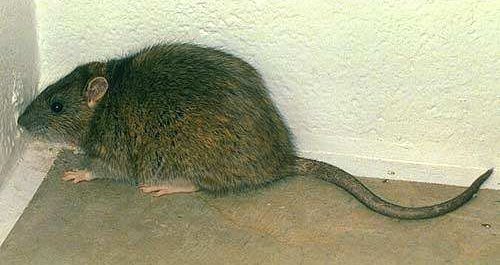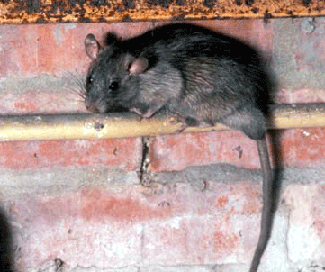
House Mouse |
(Mus Musculus) | ||||||||||
| |||||||||||

Norway Rat |
(Rattus Norvegicus) | ||||||||||
| |||||||||||

Roof Rat |
(Rattus Rattus) | ||||||||||
| |||||||||||
Signs of Rodents in and around your structure:
Droppings along well traveled pathways, in feeding areas and near the rodents shelter.
Droppings may be as long as 3/4 inch and up to 1/4 inch in diameter. Fresh droppings are soft.
Tracks, including footprints and tails marks, on dusty surfaces, in mud or snow.
Urine along traveled pathways or in feeding areas. Both wet and dry rodent urine will glow under ultraviolet light (Black Light).
Smudge or rub marks on beams, rafters, walls, pipes, and other fixtures.
Gnawing marks on doors or ledges, in corners, in wall material, on stored materials or on other surfaces.
Noises in the walls caused by gnawing, climbing, clawing, squeaks, and fighting; particularly at night when rodents are the most active.